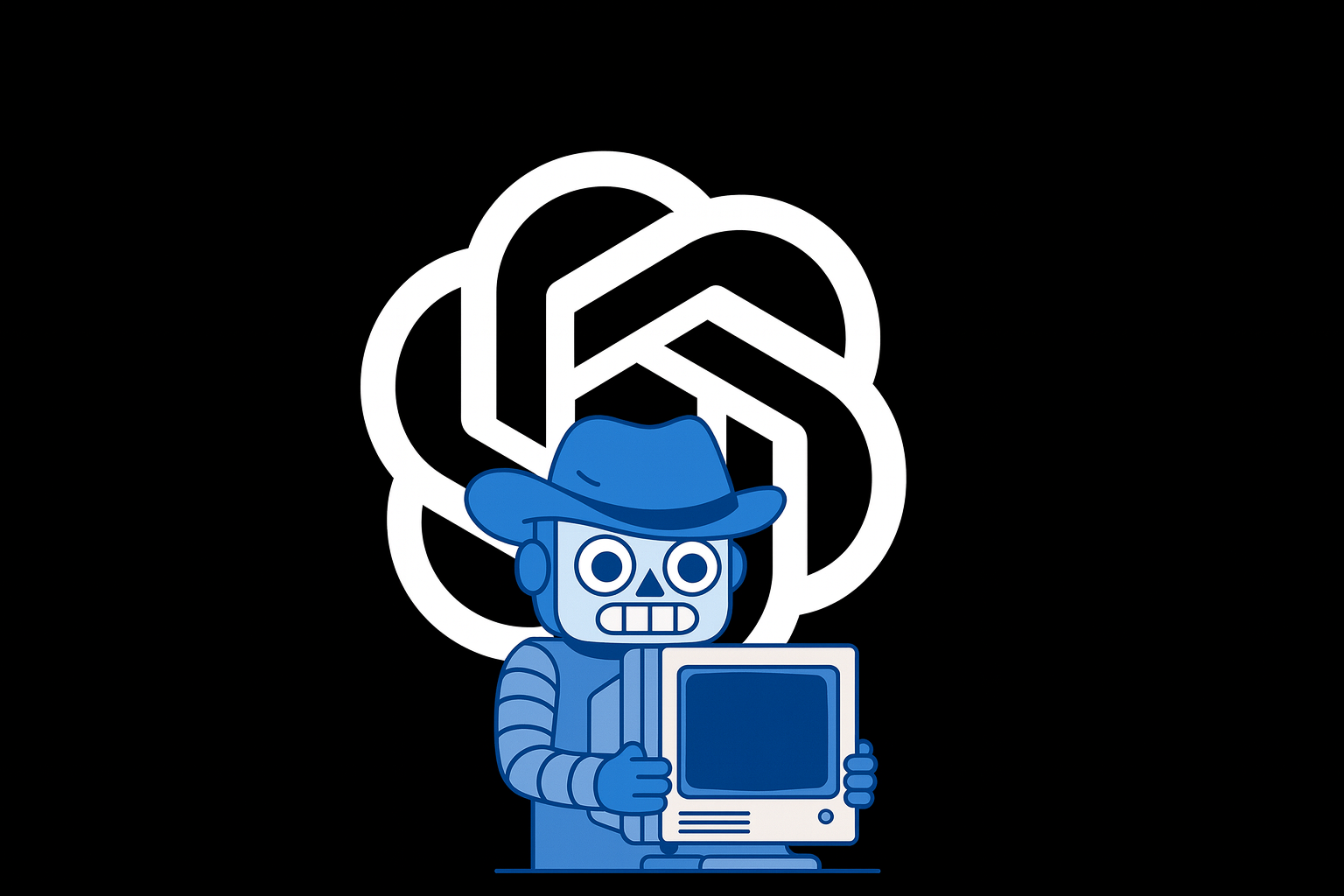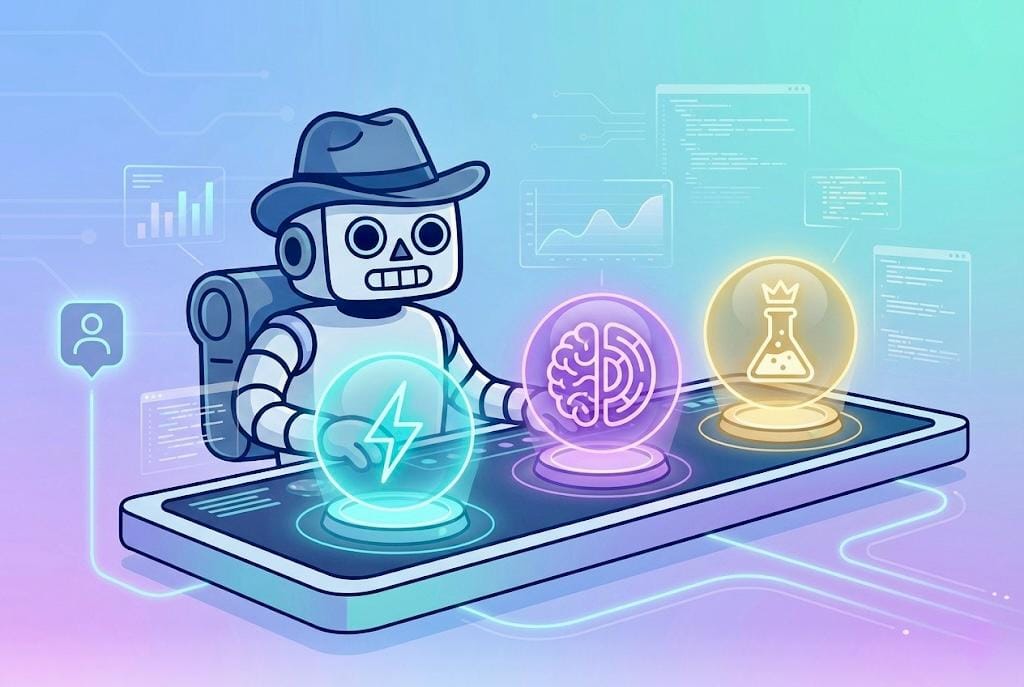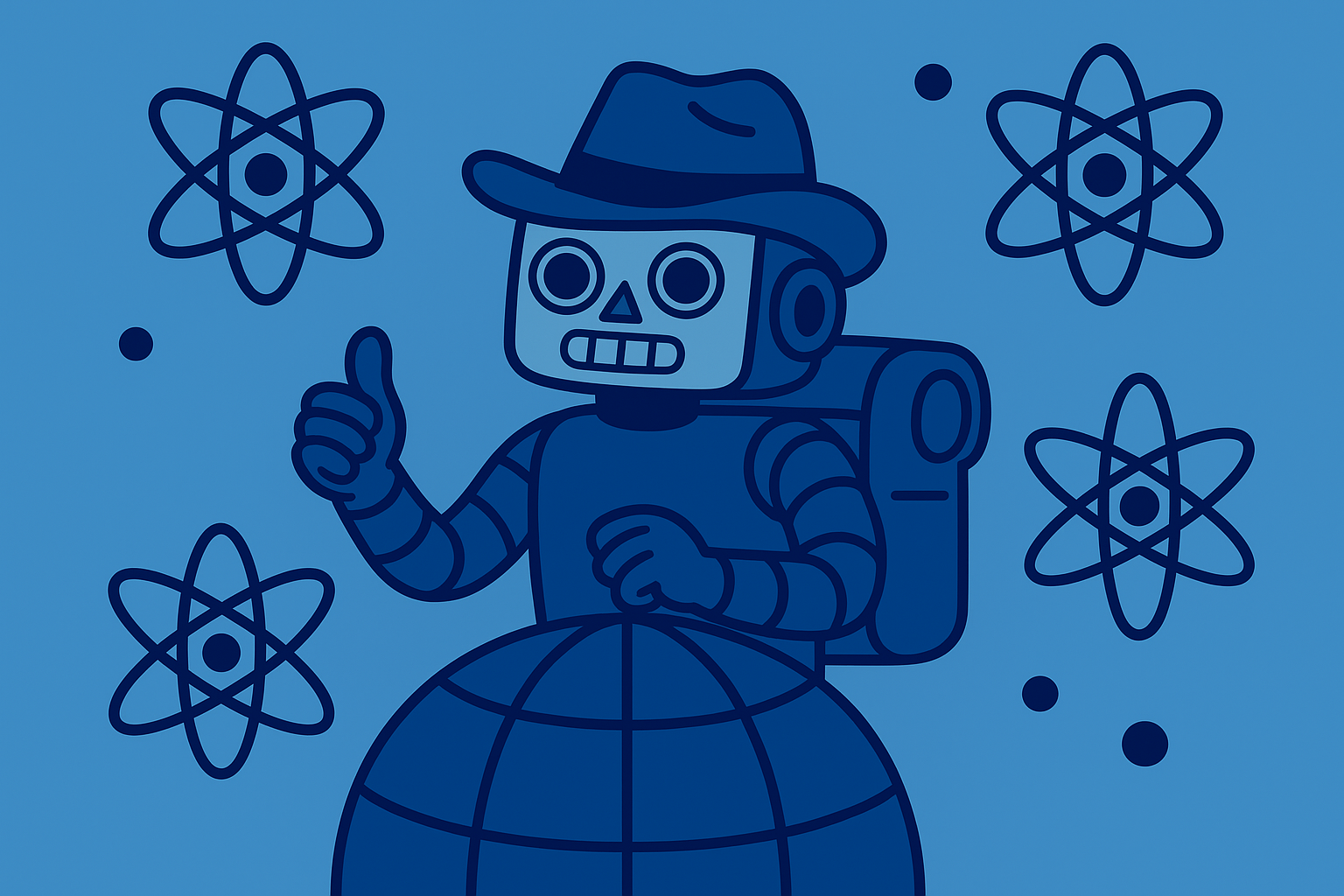How to Use GPT-3.5 in 2025: Still Worth Using, or Time to Upgrade?

Despite being three years old, GPT-3.5 remains one of the most deployed AI models globally, but the landscape has shifted dramatically. Here's what you need to know about GPT-3.5's current position and when it makes sense to upgrade.
What GPT-3.5 Offers Today
GPT-3.5 Turbo, launched in 2022, continues to be widely available through OpenAI's Chat Completions API with variants offering up to 16K token context windows. The model has received several updates, including function calling capabilities, JSON mode responses, and parallel function execution.
The Performance Reality Check
Benchmarks reveal significant limitations. In medical exam studies, GPT-4's answers were rated "good" 67% of the time versus only 44% for GPT-3.5. For factual accuracy, GPT-3.5 produces fabricated references approximately 40% of the time when asked for sources, compared to GPT-4's 13-14% error rate. The reasoning gap is even starker: GPT-4 scores in the top 10% on the bar exam while GPT-3.5 lands in the bottom 10%.
GPT-3.5 also faces practical constraints:
- Knowledge cutoff: September 2021 (no awareness of events after that date)
- Context limitations: 16K tokens maximum versus 128K for GPT-4 Turbo
- No multimodal capabilities: Text-only, cannot process images
- Higher hallucination rates: Requires more verification and human oversight
When to Upgrade
You should seriously consider upgrading from GPT-3.5 when:
Accuracy is paramount: Legal document analysis, medical applications, financial advice, or any scenario where errors carry significant consequences. GPT-4's superior reasoning and lower hallucination rates justify the migration.
Complex reasoning required: Multi-step problem solving, nuanced analysis, or tasks requiring understanding of subtle context and implications.
Current information needed: GPT-4 Turbo includes training data through April 2023, while newer models like GPT-5 extend even further. For anything requiring post-2021 knowledge, GPT-3.5 is simply not relevant.
Long documents: Processing extensive reports, books, or codebases that exceed GPT-3.5's 16K token limit.
Multimodal capabilities: Any application involving image analysis, charts, or visual content requires GPT-4 with Vision or newer models.
The Upgrade Path
Given GPT-3.5's severe limitations, organizations should:
- Immediately migrate all production systems to GPT-4 or newer models
- Stop using GPT-3.5 even for prototypes, as it creates technical debt and false expectations
- Adopt GPT-4o-mini as the absolute minimum baseline, offering multimodal capabilities at reasonable cost
The cascade strategy of starting with GPT-3.5 is no longer recommended. Its error rates and limitations waste development time and create poor user experiences that damage brand reputation.
Migration Considerations
OpenAI has committed to providing advance notice before deprecating models (following user backlash when GPT-5 abruptly replaced GPT-4o in ChatGPT). Organizations should:
- Build model-agnostic architectures to enable easy switching
- Test different model versions on tools like PromptLayer before full deployment
- Maintain fallback options for model unavailability
- Document model-specific behaviors and workarounds
The Bottom Line
GPT-3.5's severe limitations make it unsuitable for professional use in 2025. Its high error rates, ancient knowledge, and basic reasoning failures create more problems than it solves. While it served its purpose during AI's early adoption phase, continuing to rely on GPT-3.5 signals either technical debt or a fundamental misunderstanding of modern AI capabilities.
For mission-critical applications, complex reasoning, or really any professional use case, GPT-3.5 is simply inadequate.
In 2025's competitive landscape, GPT-3.5 is a liability that handicaps your organization's AI capabilities. Companies serious about leveraging AI must upgrade immediately or risk being left behind as competitors deploy models that actually work reliably. The question is not whether to upgrade, but how quickly you can migrate away from this technology.
PromptLayer is an end-to-end prompt engineering workbench for versioning, logging, and evals. Engineers and subject-matter-experts team up on the platform to build and scale production ready AI agents.
Made in NYC 🗽
Sign up for free at www.promptlayer.com 🍰



